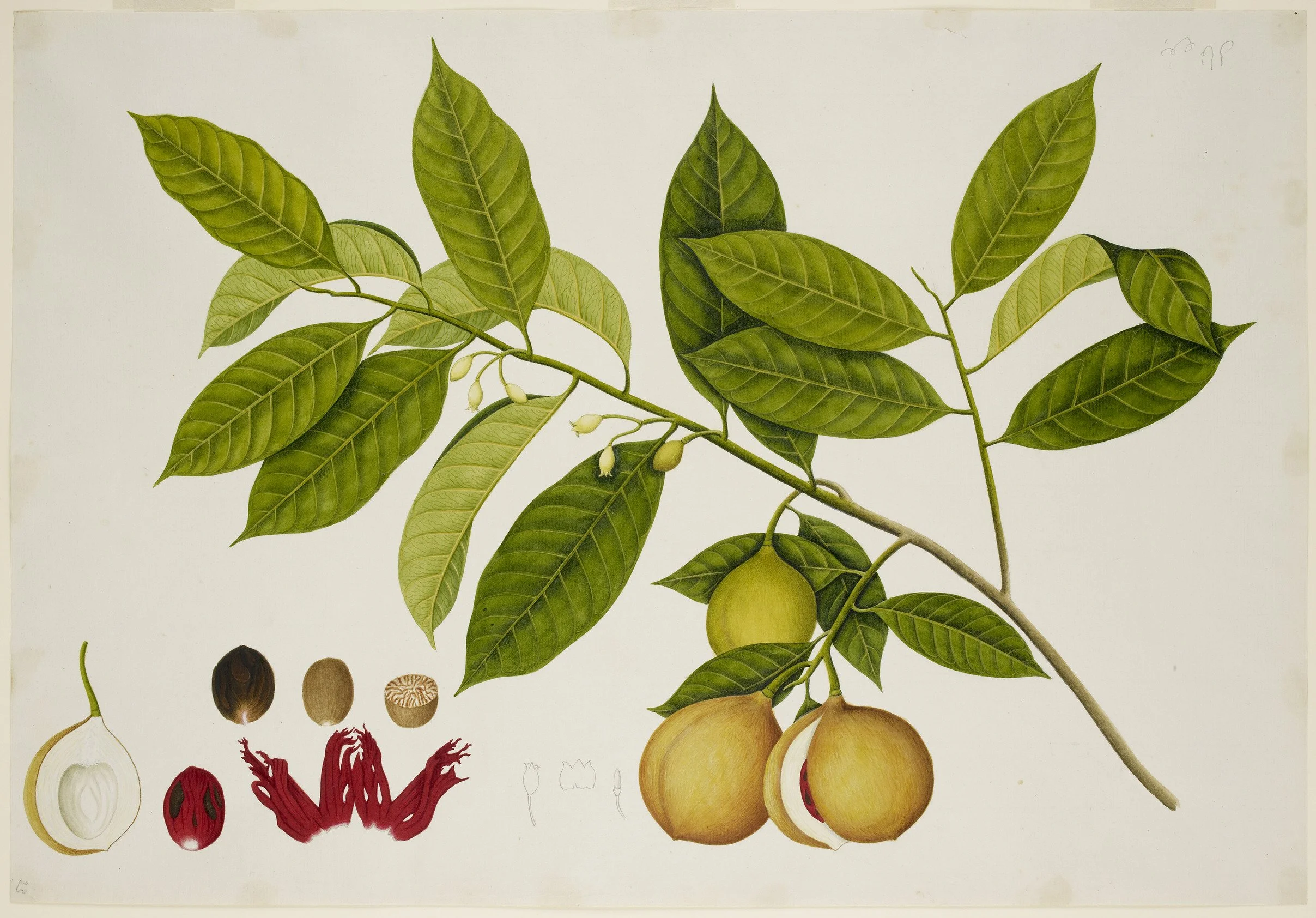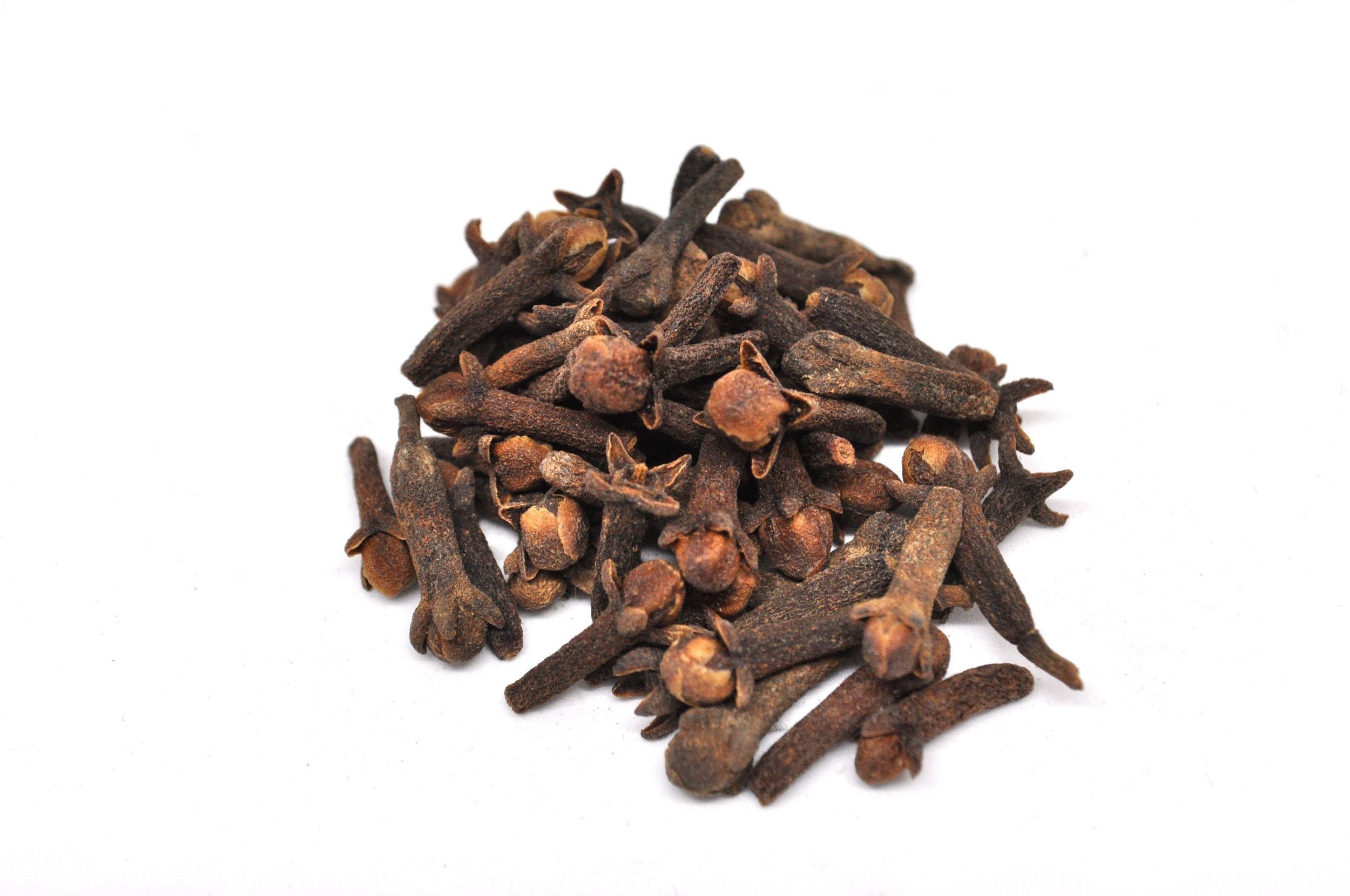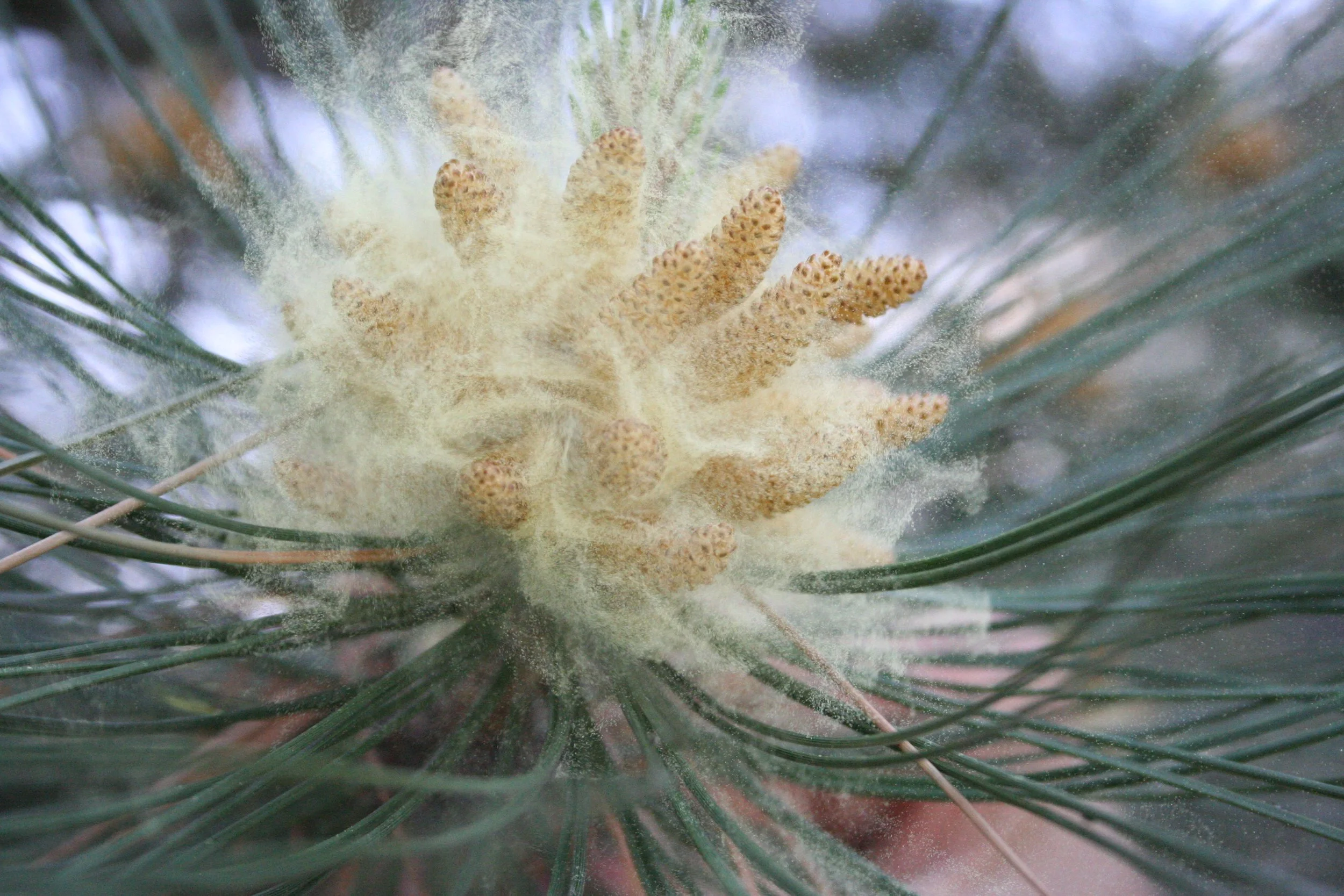Enjoy this blog post written by Alandi student Kelani Pratibhaa!
Loss of taste or smell to any degree affects parts of life important to living fully, maintaining well-being and enjoying life - whether it is temporary (as with a minor illness such as a passing cold) or for longer (due to conditions such as COVID 19).
Some troublesome effects of a lack of taste include losing too much weight, and a low intake of too many nutrients due to a low appetite. And, without a strong sense of taste or smell, even the best food does not get the digestive juices flowing!
Loss of taste and smell decreases quality of life and may result in unhealthy situations, such as eating something unwholesome or the inability to sense smoke or chemicals.
The remedies below provide suggestions to increase your appetite, assist your body to activate digestive juices, enhance a low sense of taste (all so dependent on our ability to smell!), and overcome loss of smell with food and seasonings in your own home.
Lemon or Lime juice - Promotes taste perception
Put several drops in a small (6-8 oz) glass of comfortably warm (but not hot!) water daily before breakfast, and before meals when hunger is weak.
Apple juice - Promotes taste perception
Drink warm apple juice spiced with cinnamon and clove to help restore taste, appetite and strength.
Banana - Promotes taste perception
Mash half a ripe banana (when it is yellow with no trace of green, but when not too ripe): eat.
*But, if you are prone to feeling hot or have inflammation (excess pitta): Add a pinch each of raw sugar and cardamom. Optionally, add a dollop of rose petal jam! Also, always wait at least an hour after drinking any liquids to eat a banana.
Fish - Promotes taste perception and improves appetite
The most effective way is to grill fresh fish over a fire, which adds and concentrates flavor.
The healthiest fish to eat are generally:
Anchovy, atlantic croaker, mackerel, black sea bass, butterfish, catfish, cod, flounder, haddock, hake, herring, American and spiny mullet, Pacific chub, mackerel, perch, freshwater and ocean pickerel, plaice, pollock, salmon, sardine, shad, skate, smelt, sole, tilapia, trout, freshwater tuna (canned light-includes skipjack), whitefish, whiting
Additional beneficial options with fish and seafood, are to cook with black pepper, and lightly salt. You may also sprinkle lightly with powdered pippali (piper longum) before serving. Generally, the right sized serving of fish for a person is one the size of their palm.
[For more information on fish (and shellfish), go to: www.FDA.gov/fishadvice.]
Haiyangavinam Ghritam/Ghee - Promotes taste perception and improves appetite
Prepared from day old milk from organic, contentedly grass-grazed cow’s milk. It promotes taste and appetite, and is nourishing.
Grape - Promotes taste perception
Eat fresh, fully ripe, naturally sweet grapes.
Concord grapes are the best variety for this purpose; look for organic. Few types of grapes will work, even when fully vine-ripened, because many varieties of grapes do not develop all the Ayurvedically-required properties.
Mango - Promotes taste perception and improves appetite
The riper the mango, the more beneficial it is. When fully ripe, the flesh will be soft, fragrant, colorful, and lusciously sweet, without a hint of starchiness. Note that improperly ripened mangoes are extremely sour and drying, vitiating the three doshas and rakta (blood): Mangoes ripened in this way are superior to tree ripened ones in flavor, and for health benefits requiring a ripe mango.
*Caution: The mango peel has an allergen which can cause dermatitis in people sensitive to either poison oak or poison ivy.
Choose full-grown mangos with some color. Wrap each one in clean cooking parchment or newspaper. Let sit in a warm room until thoroughly ripe. Test a ripe-looking mango (the skin may be soft and wrinkled, and its fruity fragrance, intense), by lightly squeezing near the stem.
The most beneficial ways to eat a ripe mango:
Select a fully ripe mango (instructions above). Squeeze the mango, loosening the fruit pulp inside from seed and skin, as if a squeeze bag. Make a round hole in the peel of the mango near the stem end. Place lips over the hole. (This is not for people with allergies as cautioned above!) Suck the mango pulp from the hole, continuing to squeeze, until all the juice is sucked out.
Mango mixed with milk calms vata and pitta, is tasty, nourishing, tonic, aphrodisiac, and improves complexion. It is sweet and cooling. You can blend mango and warm cardamom milk together in a blender, or eat a sliced mango and follow with a cup of warm cardamom milk or saffron milk. Sliced mango is very sweet and tasty, cooling, nourishing and vata soothing.
For energy and vitality: Eat a mango followed by a cup of warm milk with a pinch of cardamom and a teaspoon of ghee.
Better still- Eat a mango followed by a cup of warm saffron milk.
Take 2-3 cups pure water or unhomogenized cow’s milk: Bring to a boil.
Meanwhile, add the following to a blender cup:
10 raw almonds, soaked overnight and peeled
1 ripe mango, peeled and cut into pieces
1 Tablespoon organic rose petals
1⁄4 tsp of each: anise seed, ground coriander, ground cardamom, ground fennel
1/8 tsp ground clove
Pinch of black pepper
Combine all ingredients and blend until smooth- enjoy while it is warm!
Pomegranate - Remedy for bad taste in mouth or a lack of relish for food, and improves appetite
As a ‘mouthwash’: Stir a pinch of rock salt + a teaspoon of honey into a few ounces of fresh pomegranate juice. Hold the enhanced juice in your mouth for as long as possible.
This is recommended for even ‘stubborn’ loss of appetite.
Tamarind - Helps restore taste and promotes taste perception
Tamarind has a tart, savory, slightly lemony flavor which inherently increases appetite. The fruit pulp of this beautiful tree’s seed pods adds its zing to dishes in many parts of the world. In India and South-east Asia it is used in seasoning curries, chutneys, lentil and bean dishes, hot and sour soups. In the West Indies and Middle East, tamarind pulp is made into a refreshing drink- adding water and sugar to taste.
Tamarind is often available in many ethnic grocery stores (Oriental, South American, Hispanic, African, Caribbean, and Mideastern) either: fresh (remove the shell and seeds), sliced, in a block, or as a convenient paste in a jar.
Find a recipe containing tamarind which appeals to you, and savor the zing!
Ajwain - Helps increase appetite, perception of taste, flavors- and in loss of smell
Ajwain seed (also known as Wild celery seed, carom seeds, Bishop's weed, and Ajowan caraway) is used as a spice in much of the world. Powder or crush the seeds just before using, or add whole as a garnish, to flavor food at mealtimes.
*Do not use if pregnant, lactating, in male infertility, or if there is a burning sensation after taking. As with most herbs, unless prescribed by your qualified health provider, use only in amounts appropriate for adding a pleasant seasoning for food.
Ginger - Helps stimulate taste buds and enhance sense of smell
Garnish a meal with thin peeled sticks of fresh ginger or slices of fresh or pickled Japanese ginger (gari, the kind used in sushi).
Brew a cup of tea of several slices of fresh ginger, or use commercial teabags of (dried) ginger.
Long pepper (pippali) and cinnamon are other useful spices to flavor dishes, even with a decreased sense of taste, to improve one’s appetite.
Castor Oil: Promotes regaining sense of smell, discourages nasal polyps - Improves appetite
Castor oil can discourage nasal polyp growth, reduce swelling and inflammation in the delicate tissues of the nose, and promote regaining one’s sense of smell.
Using hexane-free, preferably organic, pure castor oil: Warm a few drops gently on a sterile surface. Use your pinky finger (the perfect fit!), with the nail trimmed close, filed smooth, and freshly washed, to take up a drop of warm castor oil. Rotate the finger to gently coat the oil on the inner surfaces of each nostril. Apply twice daily, before and after sleeping.
References:
1. AAG Medicinal Foods Manual
2. AAG Herb Manual
3. https://www.netmeds.com/health-library/post/anosmia-5-incredible-ayurvedic-remedies-to-treat-loss-of-smell
This piece was written by a student of the Alandi Ayurveda Gurukula in Boulder, Colorado. Learn more about studying ayurveda at our home school, or access your deep wellness with the support of our student practitioners in the Alandi Ayurveda Clinic.



























